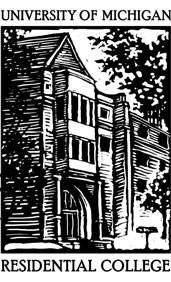St. Petersburg clearly expresses its imperial past
through the remnants of buildings. For example, there are palaces all
throughout the centre of the city which demonstrates the nobilities following
of Peter the Great to the newly founded imperial city. The beautiful architecture in St. Petersburg also shows the
expression of power that Peter the Great wielded in order to force this city
into existence. He forced the nobility to move to the city and had forced labor
build the entire city. Also, the entire city was built as the antithesis of the
city of Moscow. Throughout the streets, it was very noticeable that the city was built on a grid unlike that of Moscow which just started building from the center to the outside.
The power of the tsars
was expressed through the art at the Hermitage and the grandeur of the
Hermitage itself. It shows that Catherine I was enchanted by western images and
ideals when she had portions of the museum
built to look like exact replicas of places in the west. This also proves that
St. Petersburg has qualities of being a façade. Besides importing entire room
ideas from the west, there is this idea of rationality and irrationality that
is present throughout the city. We stayed at a hostel that was not in the best
of conditions but the hockey rink that the hostel is connected to is in
immaculate condition. The country is very prosperous when it comes to the
production of oil but much of the infrastructure is in decay. The area was a
swamp but the city has amazingly beautiful architecture. This is demonstrated
best through Crime and Punishment
where Raskolnikov has the debate between good and evil. In all, St. Petersburg has sites
that are magnificent and are being well-maintained while the rest of the city
seems to be stagnant or even in decay.



No comments:
Post a Comment